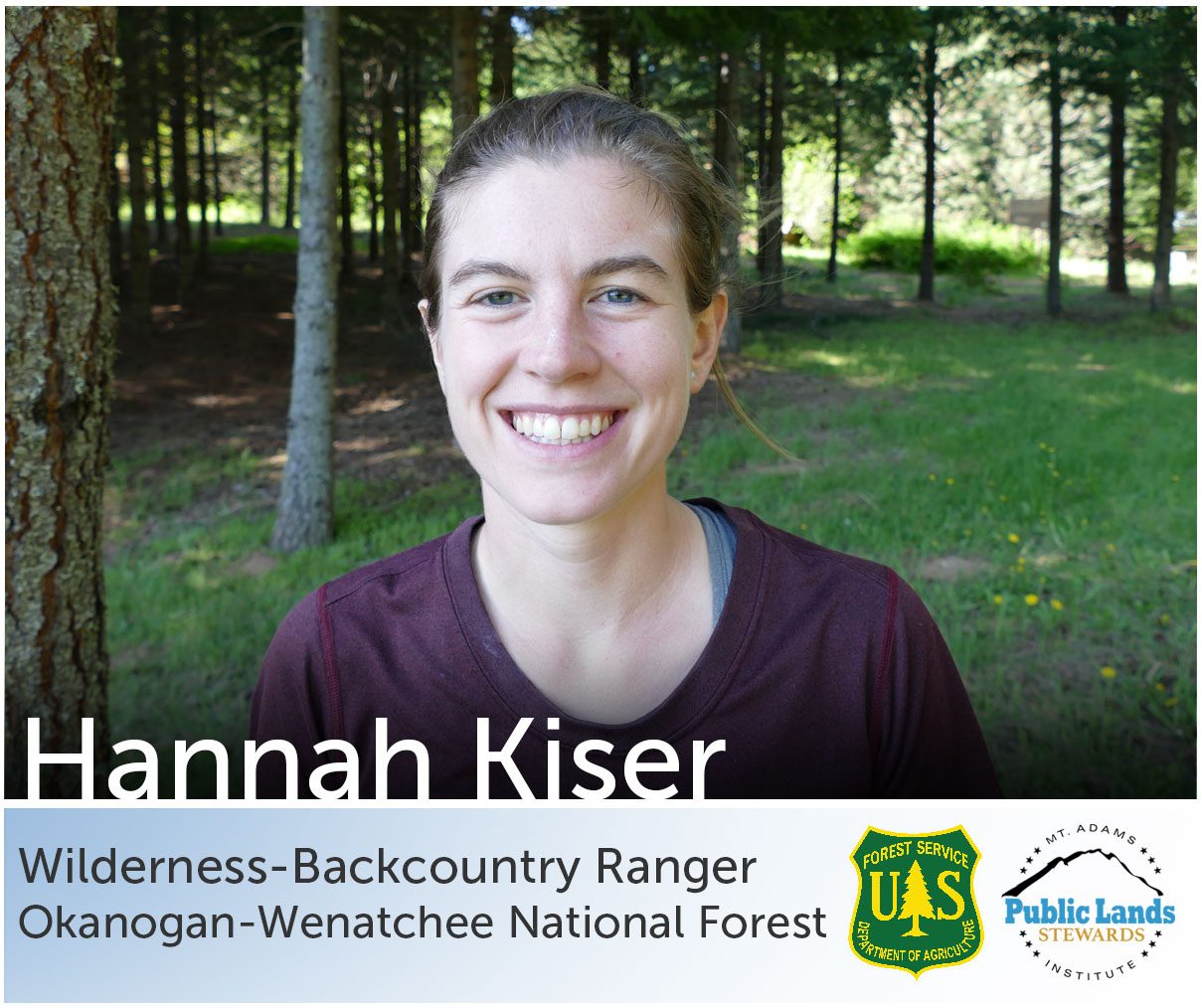
It’s hard to explain to someone what a burn area looks like. In the back of my mind I knew the Entiat River Valley burned badly in the Wolverine Fire of 2015. I grew up in Wenatchee, just 20 miles south, and every summer the valley fills with smoke from one fire or another. I guess I never really knew what it meant for an area to burn until I walked through it.
In the early part of our season, we did short day trips to Myrtle Lake and areas a few miles from the where the burn ended. Sandy, dry trails, and an abundance of fire weed with their purple flowers thriving in stark contrast to the black and white spires, some fallen, but many more waiting for their turn. This isn’t so bad I thought to myself, the juxtaposition of new life and old. Over 4th of July holiday we were up on the Entiat Ridge on Garland Peak, thousands of feet above the valley, looking down on Myrtle Lake and the entire Entiat River Valley. I could see the trail standing out the first few miles from the parking area where water was plentiful and the first growth plants were thriving. But as my eyes followed the river up the valley towards its headwaters the ground tuned reddish brown with tiny black toothpicks, the only discernable feature for miles ending with a patch of green, Entiat Meadows. I couldn’t believe how devastated it was and tried to imagine a time when it was filled with trees, and curious to see what it looked like now up close.
A few weeks later we took a trip to assess the logout that would be needed to open up the entire Entiat River Trail. We passed through this seemingly thriving and recovering part of the forest and then entered an area that was so badly scorched that the trunks of trees were no longer there, but seem to have burned so hot that they were reduced to nothing more than ash. All that was left of the trees were charcoal stubs sticking out of the ground. The ash is white, grey, and orange-ish red, with a few courageous plants trying to take hold. It was a hot day, certainly high 90s back in Entiat, and I was suddenly hyper aware of my exposure; sun beating down, no water, no shade, just the elements, at 8AM. I stand and think about what it must have been like during the fire, unfathomable heat, the energy of the fire, and the incredible noise of all that energy; thousands of additive years of trees burning to the ground, reduced to dust, as if they were never there.
We walk through this area for a few miles and then enter what seems to be a less severely burned part of the forest, a Halloween forest I think to myself. There is very little greenery growing but the trees, though many have fallen, stand tall with their scorched black bark peeling off and littering the trail like chocolate shavings, leaving an orange-ish inner tree, like something out of a post apocalyptic movie. We walk through this area for a short while and then enter the toothpick forest I saw from far above a week before. The trees here are all black, branch and barkless, just tall, frail toothpicks whose tops blow in the wind and threaten to break off and fall. Some of them seem to defy physics, the weight of a massive tree held up by burned points of contact no thicker than my legs. Some of them have snapped in half, and not at a part of the tree that is small in diameter. My jaw drops as I contemplate the sounds, the force that it must have taken for something so structurally massive to fracture. The terms we use for these trees are snags, and the parts that fall off and injure people are coined “widow makers”. In this toothpick forest there is a behemoth guardian, taller than all the rest, bare of its bark, yet having retained its burned snarling branches, its white inner wood twisted from the heat of the fire.
Finally we get to an area of trees that survived. We look around for hazard trees, trees in the area that may have burned or have been compromised and may fall if windy. We feel comfortable with our site and set up camp. That night in my tent I hear the trees talking. Creaking, popping, reminding me that perhaps there are no safe areas in a place like this. I hear trees falling in the distance. I look outside to see if any trees are wobbling but they all seem still, despite their noise. I am reminded that I am visitor in a place I do not belong.
On our walk back to our Jeep I think about how if this area were still forested, I might take it for granted. Might complain of the monotony of walking in a green tunnel all day. But as I walk through this forest, I’m constantly in a state of wonder, awe, and imagination. It makes me happy to see the public, mostly locals, out hiking in this area, having gone here for decades and enjoying it despite it not being “Instagram worthy”. I hope, like me, they can feel the power of nature.

